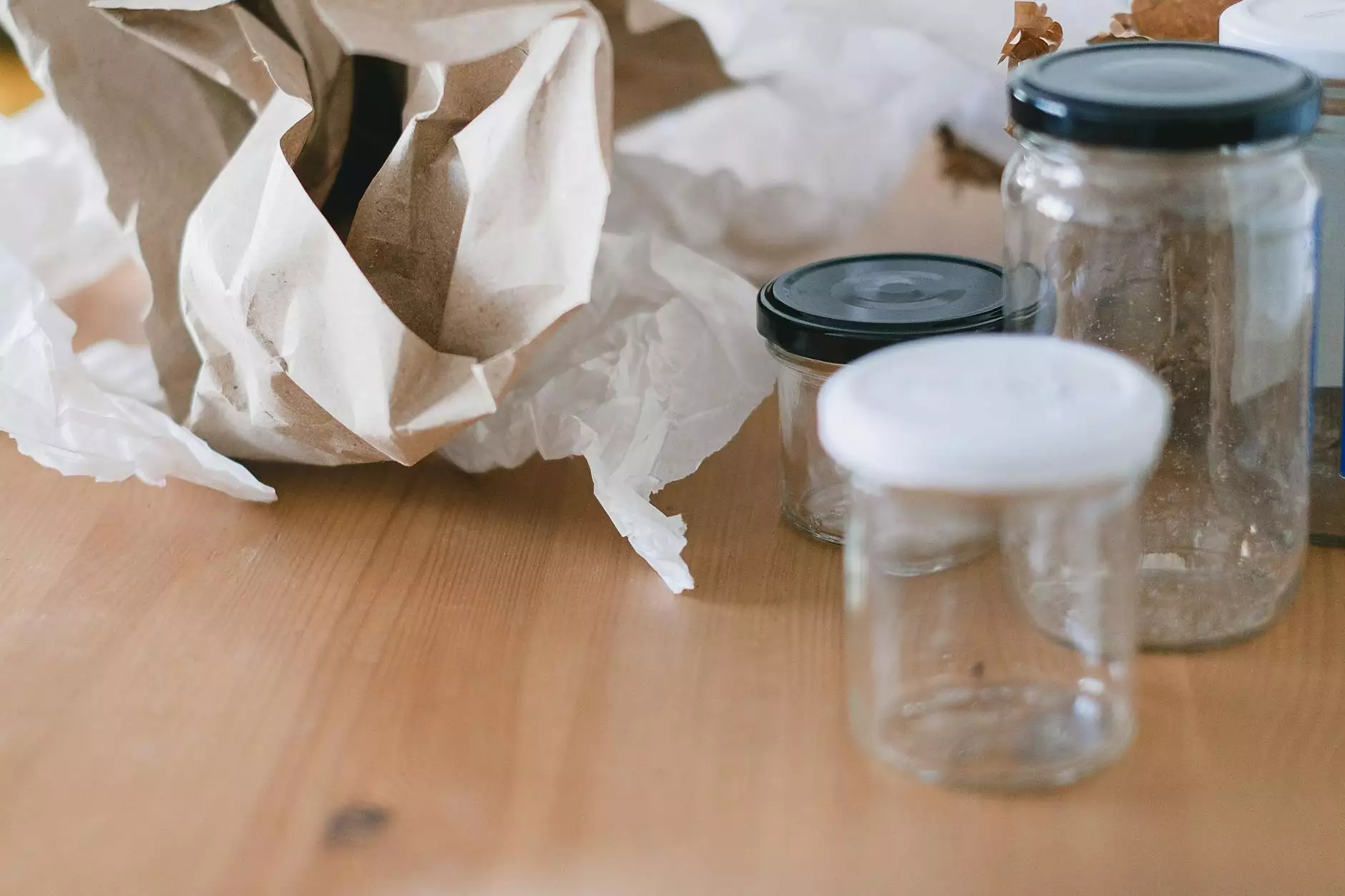Recycling and Reuse Guide

Why Recycling and Reuse Matter
In today's world, where environmental concerns are more pressing than ever, recycling and reuse play a crucial role in preserving our planet's resources. By understanding the importance of recycling and implementing green practices into our daily lives, we can contribute to the global effort of reducing waste, conserving energy, and minimizing pollution.
Recycling Basics
Recycling involves converting waste materials into reusable materials. It is a process that prevents potentially useful resources from ending up in landfills or incinerators. By recycling, we can reduce the consumption of fresh raw materials, lower energy usage, and decrease greenhouse gas emissions.
Understanding the Recycling Symbols
When it comes to recycling, it's essential to be familiar with the recycling symbols commonly found on various products. These symbols indicate the type of material the product is made of and whether it can be recycled. Some common recycling symbols include:
- Recycling Symbol - Number 1 (PETE): This symbol represents polyethylene terephthalate, commonly used for soda bottles and food containers.
- Recycling Symbol - Number 2 (HDPE): High-density polyethylene, found in milk jugs, detergent bottles, and plastic bags, is indicated by this symbol.
- Recycling Symbol - Number 5 (PP): Polypropylene, used in yogurt containers, bottle caps, and some food packaging, is denoted by this symbol.
- Recycling Symbol - Number 7 (Other): This symbol represents other types of plastics, such as polycarbonate or polylactic acid (PLA), which require special recycling processes.
Benefits of Recycling and Reuse
1. Environmental Impact: Recycling and reusing materials help conserve natural resources, reduce the need for extracting raw materials, and protect ecosystems from the damaging effects of mining and manufacturing.
2. Energy Conservation: Recycling often requires less energy compared to producing items from virgin materials. By recycling, we can significantly reduce energy consumption, which in turn lowers carbon emissions and mitigates climate change.
3. Waste Reduction: Recycling and reusing materials help divert waste from landfills, minimizing the environmental and health risks associated with traditional waste disposal methods.
4. Job Creation: The recycling industry generates employment opportunities, from collection and sorting to processing and manufacturing recycled products, contributing to economic growth and sustainability.
Recycling Tips for Different Materials
Paper and Cardboard
Paper and cardboard are among the most commonly recycled materials. To ensure proper recycling:
- Remove any non-paper items, such as plastic windows or metal staples, from cardboard or paper before recycling.
- Flatten or compress cardboard boxes to save space in recycling bins.
- Recycle newspapers, magazines, junk mail, and office paper through designated recycling programs or curbside collection.
Glass
Glass is a highly recyclable material. Follow these tips for effective glass recycling:
- Separate glass by color (clear, green, brown) when recycling to maintain purity for new glass production.
- Remove any lids, caps, or corks from glass containers before recycling.
- Check your local recycling guidelines to ensure proper glass recycling practices, as certain types of glass, such as heat-resistant glassware or mirrors, may require special handling.
Plastic
Plastic recycling can help reduce plastic pollution. Remember these recommendations when recycling plastic:
- Look for the recycling symbols on plastic products to determine if they are recyclable.
- Clean plastic containers before recycling to remove any residue.
- Recycle plastic bottles, containers, and packaging through local recycling programs or drop-off centers.
- Avoid single-use plastics whenever possible to minimize waste.
Metal
Metal recycling saves energy and conserves natural resources. Follow these metal recycling tips:
- Separate metal items, such as aluminum cans or steel food containers, from other recyclables.
- Rinse metal containers to remove any food residue before recycling.
- Many communities offer curbside metal recycling, but you can also locate recycling centers that accept metal scraps.
Reuse Ideas
Alongside recycling, reusing items is another effective way to minimize waste and extend the lifespan of products. Consider these reuse ideas:
- Donate clothes, furniture, and household items in good condition to local charities or thrift stores.
- Utilize reusable shopping bags and water bottles instead of single-use counterparts.
- Repurpose glass jars for storage or crafts.
- Use old newspapers for cleaning windows instead of paper towels.
Conclusion
The Recycling and Reuse Guide presented here aims to provide you with comprehensive knowledge and practical tips for implementing sustainable practices in your daily life. By actively participating in recycling and reusing materials, we can all contribute to a greener future and make a positive impact on the environment. Remember, small actions can lead to significant changes when it comes to protecting our planet.










